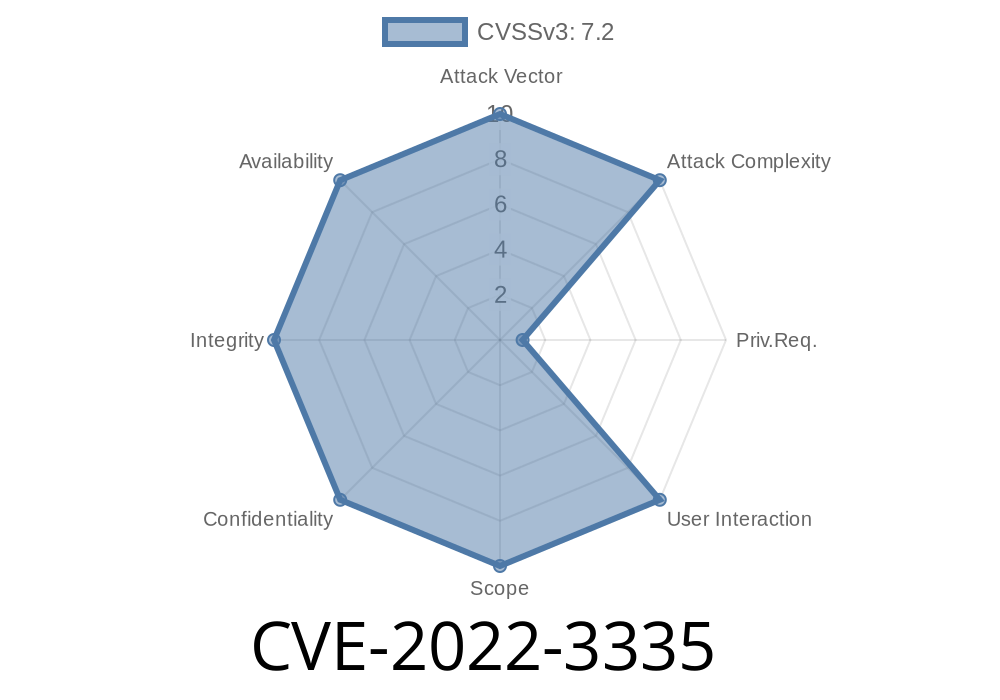Overview
CVE-2022-3335, a security vulnerability in the Kadence WooCommerce Email Designer WordPress plugin, potentially allows attackers to exploit PHP object injection issues when a maliciously crafted file is imported by an admin. To protect yourself from these issues, it is crucial to update your plugin to version 1.5.7 or later.
The Kadence WooCommerce Email Designer plugin grants WordPress admins the ability to customize WooCommerce email templates. Unfortunately, in versions prior to 1.5.7, the plugin deserializes the contents of imported files without proper validation. This can lead to a PHP object injection if a well-crafted, malicious file is imported, and the specific gadget chain required is already installed within the blog system.
Exploit Details
The vulnerability originates from the lack of proper input validation at the point where the plugin processes an uploaded file for import. In particular, the unserialize() function is used without any form of input validation:
if ( isset( $_FILES['file'] ) ) {
$import_contents = file_get_contents( $_FILES['file']['tmp_name'] );
$import = unserialize( $import_contents );
}
This allows attackers to create a serialized PHP object with malicious payloads that can potentially execute arbitrary server-side commands via gadget chains.
To increase the chances of an effective PHP object injection attack, the attacker might use gadgets from popular plugins or libraries such as Monolog or Swiftmailer. Additionally, as the content of the unserialize function in this snippet suggests, attackers need to craft their malicious file so that it looks like a valid .kadence file (one with an appropriate filename, structure, and content).
References
* Original advisory and technical details: https://cve.mitre.org/cgi-bin/cvename.cgi?name=CVE-2022-3335
* Official plugin page: https://wordpress.org/plugins/kadence-woocommerce-email-designer/
* Update announcement and changelog: https://wordpress.org/plugins/kadence-woocommerce-email-designer/#developers
Locate 'Kadence WooCommerce Email Designer', and click 'Update Now'.
2. Limit admin access to your blog, and educate users on the practical consequences of this vulnerability.
3. Regularly review and monitor the plugins and themes that your blog system uses. Check for updates, news, and security reports.
4. Consider using web application firewalls (WAF) and intrusion detection/prevention systems (IDS/IPS) to add an extra layer of security to your website.
Conclusion
The discovered vulnerability (CVE-2022-3335) underscores the importance of actively managing and updating your WordPress plugins and themes. By keeping a watchful eye on your installations and taking collective security measures, you can continue to protect your blog from potential exploitation and ensure the safety of your users.
Timeline
Published on: 10/25/2022 17:15:00 UTC
Last modified on: 10/26/2022 01:41:00 UTC
